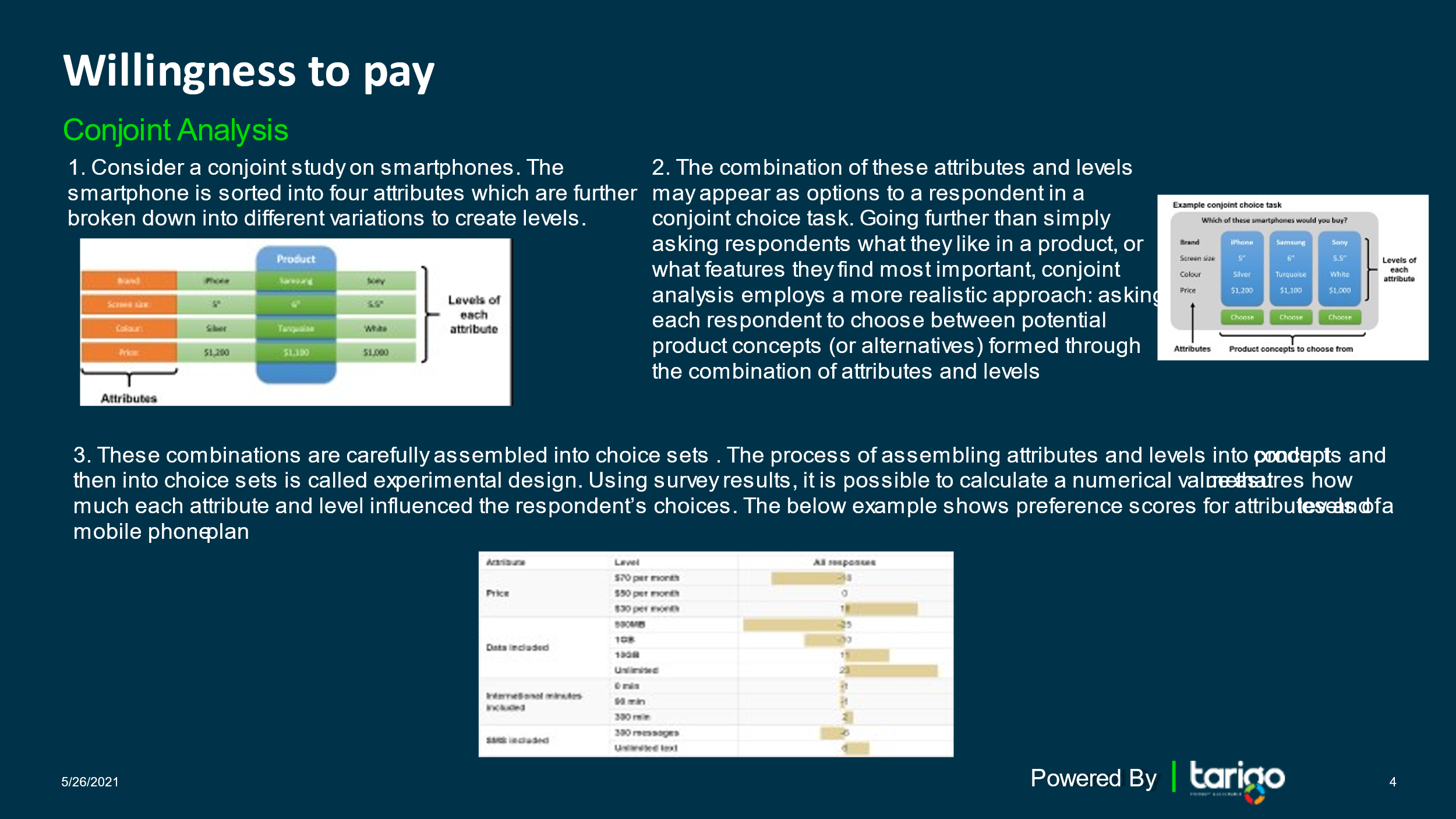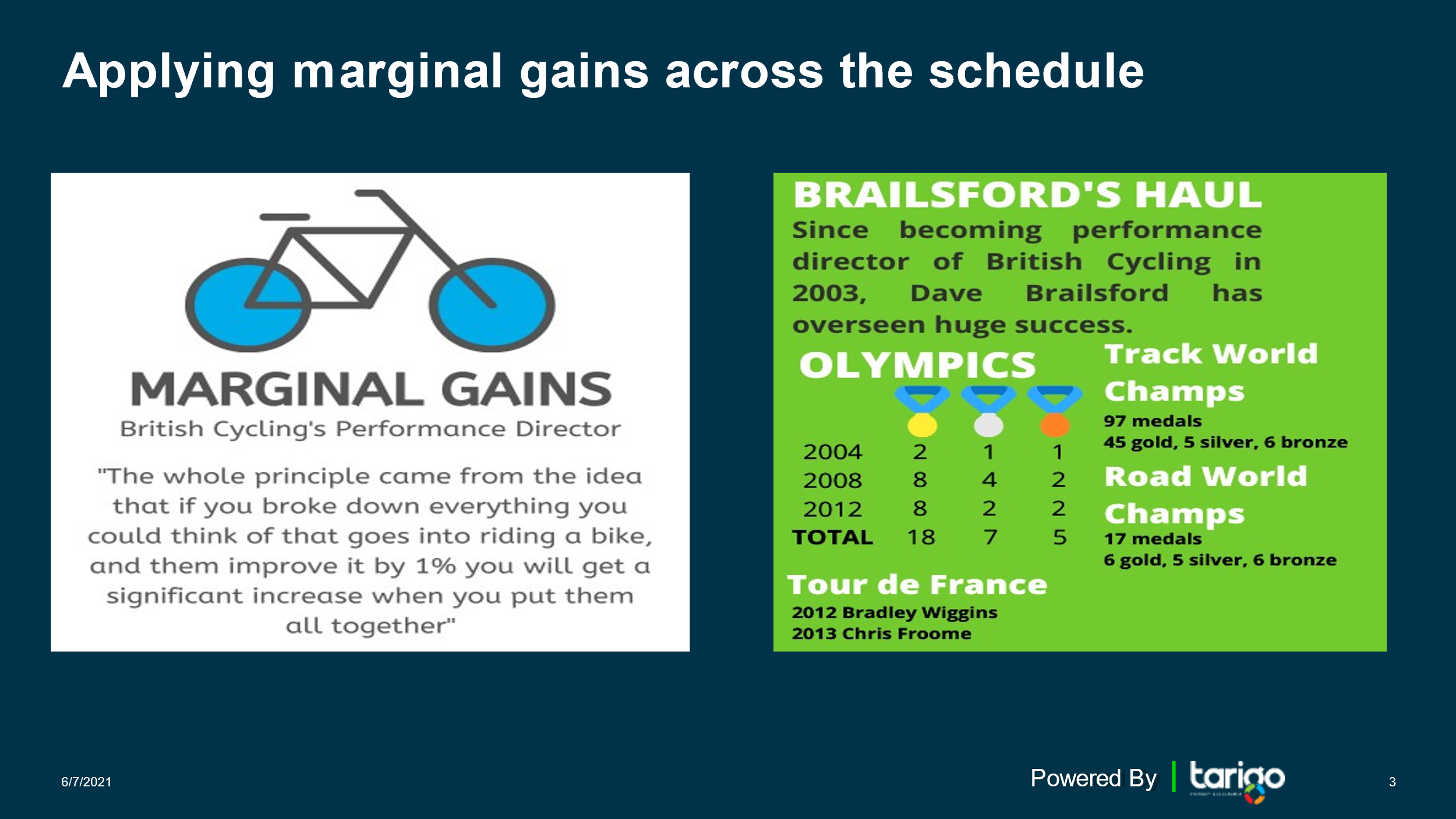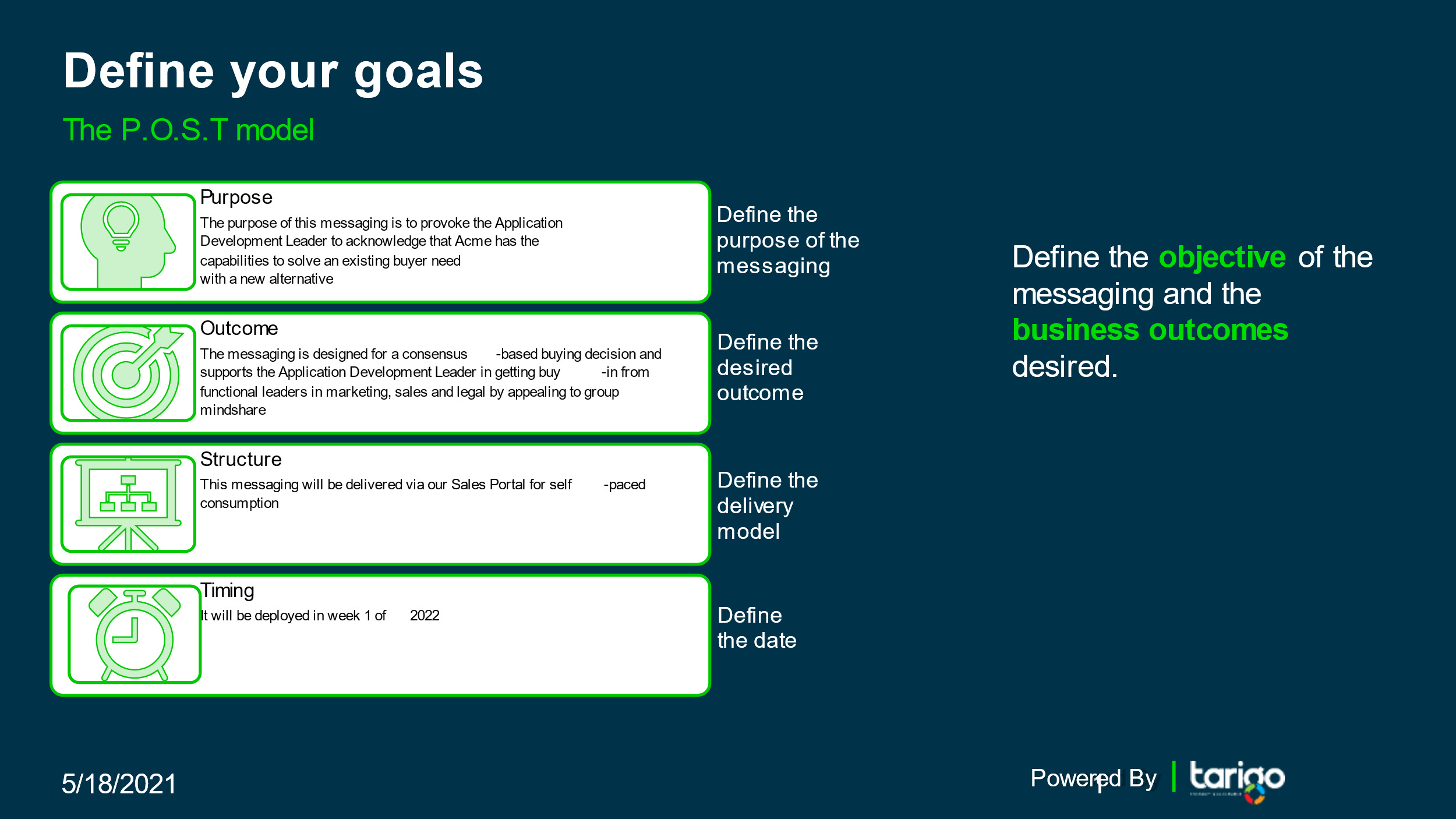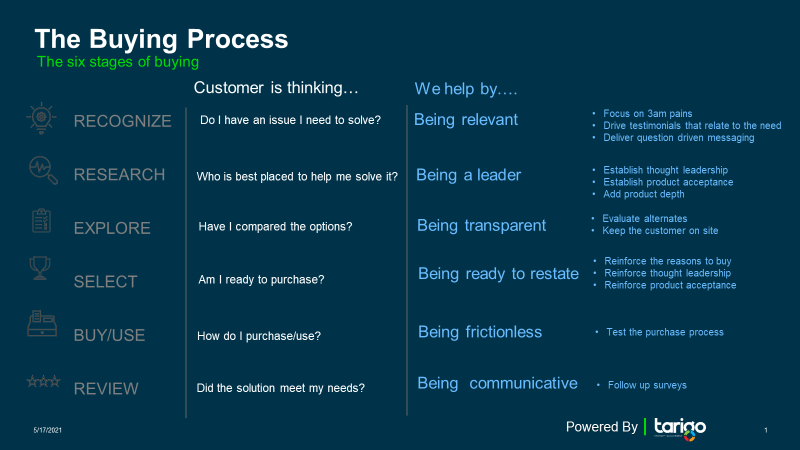Your daily dose of Product Management Goodness
Want to know more?
We would love to hear your questions and suggestions for topics you would like to see covered in our future blog posts, so don't be shy and get in touch!


Setting a Market Pricepoint
Step 3 of 6 – Assess the willingness to pay (WTP)
WTP is the maximum price a customer is willing to pay for a product or service. It’s typically represented by a price range. While potential customers are likely willing to pay less than this threshold, it’s important to understand that, in most cases, they won’t pay a higher price. There are three techniques we can use to establish WTP:-
SURVEYS AND FOCUS GROUPS - Surveys typically collect a large amount of quantifiable data, while focus groups often result in more nuanced, qualitative information.
CONJOINT ANALYSIS - A specialized type of survey, in which respondents are asked to rank different bundled features. The responses are then used to assign a numerical value to each feature (called a “part-worth”) to determine consumers’ preferences. The values can then be used to predict how a consumer will react to a given product and help determine which features make it into the end proposition.
REVEALED PRICING - Data about customers’ past choices can be used to determine their true willingness to pay. This is known as revealed preference. Experiments can be used to support revealed preferences. For example, by adjusting prices on a control group to measure how sales are impacted.
This image steps through an example of conjoint analysis
read more

Setting a Market Price point
Step 2 of 6 – Build the value proposition
We then define the core value per market. We do this in narrative form using the value proposition template. This positions you offer into a market by:
Defining the market problem from a customer perspective
Describing how your solution addresses that problem
Identifying the primary points of differentiation you offer over the competition
This template is a quick and easy way to build a value proposition
read more

Setting a Market Price point
Step 1 of 6 – Define your potential markets
Price points can be market specific – the benefit your product delivers to one group of users can significantly change the value (and therefore price) to them. So before thinking about price we break our markets into segments. A segment is more attractive if:
It has have scale
There is a route to reach
Customers share common pain
We have unique competencies
A neat tool for segmenting a market is the firmographic map
read more

Setting a Market Price Point
What do you charge for you new product or service? Is there only one price? What drives pricing? How do you test pricing? These are difficult questions to answer. They’re also fundamental to product success. Get is right and you’ll build a foundation for success. Get it wrong and your product or service might never recover. Over the coming days we’ll step through a model that will help you find the right price point for the right market.
read more

Structuring your communications
Before writing any communication it is useful to be very clear on the objective – the why’s and the what’s of your message. I find the POST model useful in this regard; define and agree your purpose, desired outcome, delivery channel, and timing, before you think about the message. A little bit of planning leads to a much better and quicker result.
read more

Comms through the sales cycle
When messaging, products teams often forget that the message needs to change depending on where the customer is in terms of the buying cycle. It’s no good talking about feature X or benefit Y when the customer is still at a stage of trying to recognise their need, or focusing on pain points to a customer who has already made a decision to buy, but is evaluating you vs your competitor. This template helps to align communication to the buying cycle.
read more

The 7 Ps of Marketing
Physical Evidence
Physical Evidence is about the customer experience. When a customer first engages with a company for the first time, they are not familiar with the products or services. We must provide customers with physical evidence that inspires confidence. This could be as straight forward as a good clean website which has customer
testimonials.
read more

The 7 Ps of Marketing
Process
The process is the complete buying experience. From the first point of contact, usually the website, through to delivery of the product or service. However, the process doesn’t stop there, as there’s the after sales, and fostering good relations with customers after they’ve purchased.
read more

The 7 Ps of Marketing
People
All companies are reliant on the people who run them, from frontline Sales Staff to the Managing Director. Having the right people is essential because they are as much a part of your business offering as the products/services you are offering.
read more

The 7 Ps of Marketing
Promotion
Promotion encompasses a whole range of activities, which includes advertising, PR, testimonials, special offers and discounts, exhibitions, Pay Per Click (PPC), social media, customer service and more. It focuses on the message.
Good promotion is about communicating the benefits of your products or services and not simply focusing on the features. Ask the questions “What’s in it for me?” from the customers perspective.
read more

The 7 Ps of Marketing
Place
Your product needs to be where your customers will see it and can access it. This applies to physical locations as well as an online store or website.
Place applies equally to marketing and purchasing. Your message and your product must be visible.
read more

The 7 Ps of Marketing
Price
The price of your product or service positions you in the marketplace in relation to your competitors. Customers might be happy to pay more, but in exchange for a higher price, they expect a better product or service for their money.
You can out-compete on service to justify a higher price – a better service, better value added or simply better value for money.
With “value products” customers trade lower price points in return for a lower featured or lower quality product offer.
read more

The 7 Ps of Marketing
Product.
The key to developing a product (or service) is to make sure it solves a problem. The most successful companies discover customer wants and needs first – they identify pain points. Then they develop the products to meet those needs.
Assessments need to cover the aesthetics of a product or service, so how does it look and feel. Is the quality up to standard and is the packaging appealing to your target market?
Your customer needs to know what is included e.g accessories, warranty, and guaranties.
read more

The 7 Ps of Marketing
This week I will be talking about the 7 Ps of Marketing.
The 7 Ps of Marketing is a framework that we use to plan marketing activities and a marketing strategy. It helps determine a product or brands offering.
It is useful as a competitor analysis tool because it gives a market view of the total product and service offer of your competitors.
The 7 Ps are: -
1. Product
2. Price
3. Place
4. Promotion
5. People
6. Process
7. Physical Evidence
read more
Check out the Archive